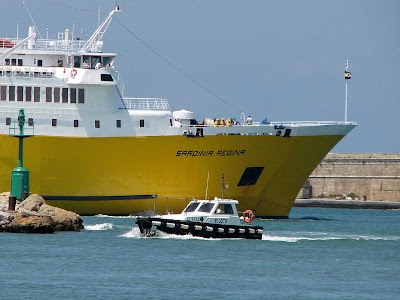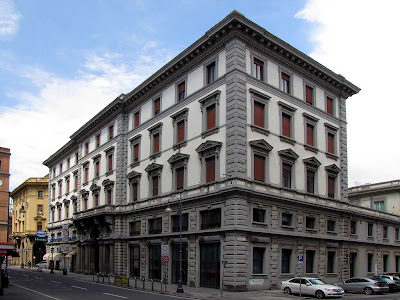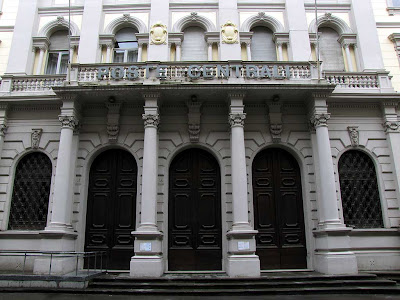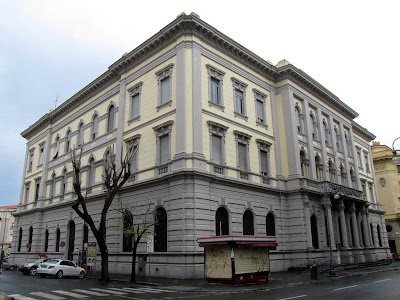
En un reciente viaje, por una emergencia familiar, a Venezuela -antiguamente conocida como la Tierra de Gracia, pero que ahora podríamos denominar, cariñosamente, un Tierrero en Desgracia- tuve la oportunidad de vivir en carne propia, un par de logros del Socialismo de Siglo XXI: la destrucción del sistema de salud pública y la destrucción del sistema de educación pública.
Yo nací y fui operado par de veces en un hospital público -el Universitario de Caracas- y desde preescolar hasta la universidad estudié en educación pública; así que me siento con autoridad para decir que -con sus defectos, cómo negarlo- la salud y la educación pública, en la Venezuela en la que crecí y me hice adulto, funcionaban.
Estuve metido dos semanas en una clínica privada, que por lo abarrotada de gente que estaba su emergencia, hospitalización y terapia intensiva, se podría haber pensado que era un hospital público; con la pequeña diferencia que la terapia intensiva costaba 10.000 bolívares fuertes el día, o lo que es lo mismo 2.300 dólares diarios. Y mis lectores no venezolanos se preguntarán: ¿Por qué carajo si es tan cara, la gente prefiere una clínica privada en vez de un hospital público? Porque en el Socialismo de Siglo XXI los hospitales no tienen medicinas, personal suficiente o, simplemente, están desmantelados. En pocas palabras: no son una opción.
Uno de los días que pude salir de la clínica, me fui con mi hermano a hacer una rolo ‘e cola de tres horas y pico en un colegio privado para buscarle cupo a mi querido sobrinito; después de pasar calor, cansancio y roncha, cuando llegamos a la puerta una señora malencarada del personal del colegio nos gritó: “los cupos pal primer nivel se acabaron”. No sé si sea necesario aclarar por qué la gente no quiere entregarle la educación de sus hijos a los maestros de las escuelas públicas bolivarianas.
Aunque lo que más me impactó del viaje no fueron estas dos anécdotas personales, sino que los genios comunicacionales del Gobierno Bolivariano hayan escogido como símbolo del Bicentenario de la Independencia una imagen gráfica tan parecida al, famoso mundialmente, caballito frenao del Ron Pampero.
Y me pregunto: ¿Habrán querido sugerirnos algo sobre esta rolo ‘e pea por la que estamos pasando? O ¿Nos están preparando pal ratón?
Ciro
Caballito Frenao en BlogalaxiaVenezuela en BlogalaxiaSocialismo de Siglo XXI en BlogalaxiaRon Pampero en Blogalaxia
 A 230 year old “No playing, no loitering, no standing” sign trying to discourage disorderly presences from the area of the portico of our Chamber of Commerce, then the Royal Customs House.
A 230 year old “No playing, no loitering, no standing” sign trying to discourage disorderly presences from the area of the portico of our Chamber of Commerce, then the Royal Customs House.


















































